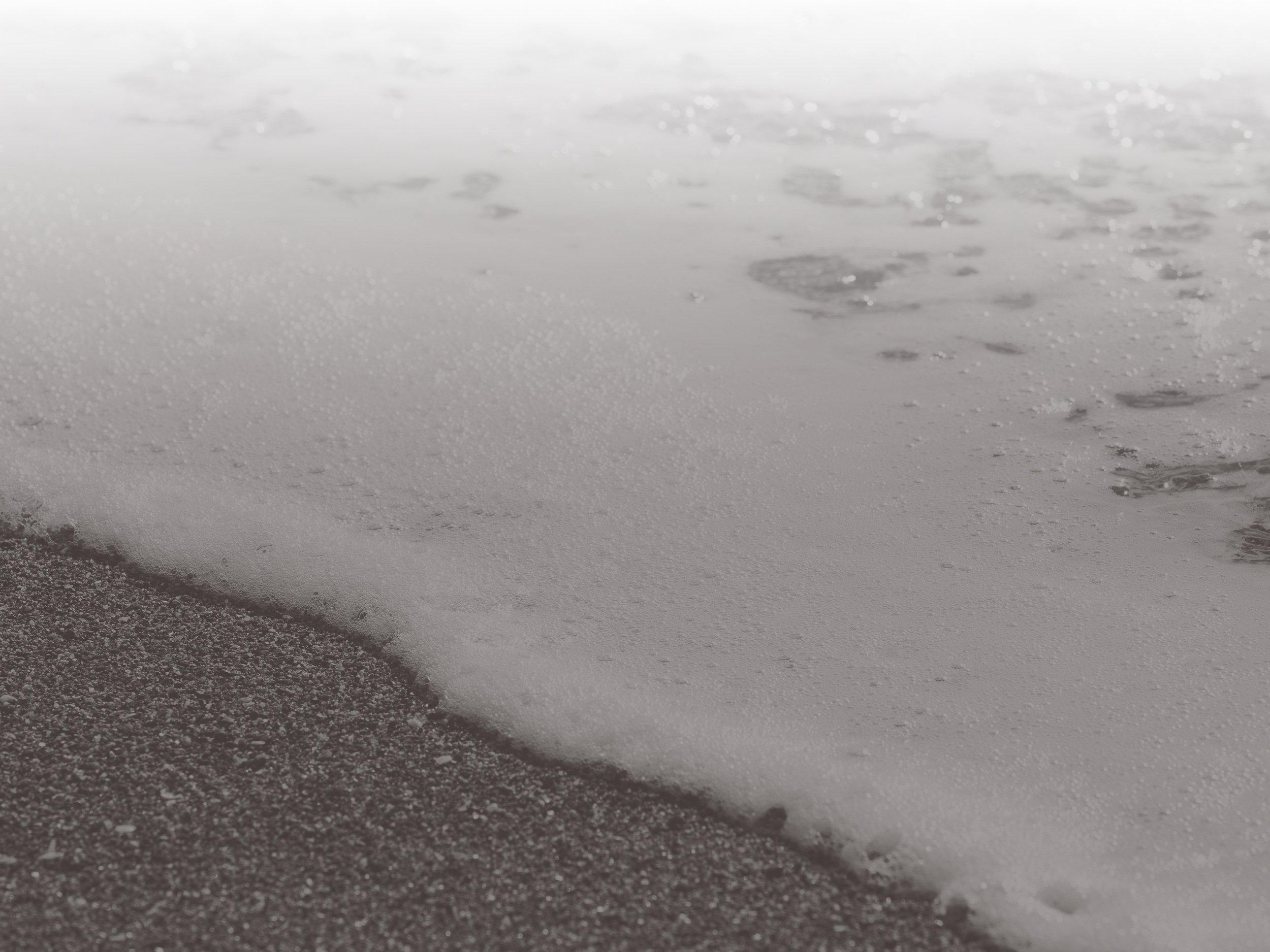
The name "Pacheedaht" translates to English as "People of the Sea Foam”
Our Culture
Traditional Practices
Keeping our culture alive and passing on our traditional practices and teachings from one generation to the next is very important to our people. Fishing is at the core of our identity and culture. The whole community comes together to harvest halibut. Our Elders are valuable cultural knowledge keepers who hold our sacred ways of “knowing, seeing, being and doing”. We celebrate our traditional practices, including hunting, fishing, smudging, beading, sewing, cedar work and talking circles by engaging in these activities and teaching them to our youth.
Language
The Pacheedaht language is similar to that of our neighbours and relatives amongst the Ditidaht First Nation and the Makah people across the Strait of Juan de Fuca in Washington State. The Pacheedaht language is also similar to the language spoken by the various Nuu-chah-nulth First Nations further to the north and west along Vancouver Island's coast.
Creation Story
Pacheedaht people are related by kinship, language and culture to several other First Nations on Vancouver Island, as well as the Makah people across the Strait of Juan de Fuca in Washington State. The Pacheedaht have many relatives and friends amongst neighboring communities—in fact, according to traditional history, long ago Pacheedaht and Ditidaht ancestors lived together as one tribe at an origin village located on the river whose native name is Diitiida. If you look for the name Diitiida on a map today, you won't find it, as most of the Pacheedaht names for our land have been replaced by English place names.
The river the Pacheedaht call Diitiida is marked as "Jordan River" on modern maps. The Ditidaht First Nation get their name from the village shared at Jordan River. Ditidaht means "People of Diitiida," or people of Jordan River. During the great flood, some of the people living at Diitiida managed to survive by fleeing in a canoe that they anchored to the top of a high mountain in order to escape the rising waters. Afterwards some of the survivors settled at Whyac Village at the outlet of Nitinat Lake into the Pacific Ocean, and became the ancestors of the people who today form the Ditidaht First Nation.
Others amongst the flood survivors returned to the village at Diitiida (Jordan River) and settled once again in their home territory. Eventually, this branch of the peoples from Diitiida became centered on a village at the head of Port San Juan at the mouth of the San Juan River, called p'a:chi:da. This is also the native name for the San Juan River. The origin of the name p'a:chi:da for the river, for the village—and for the Pacheedaht First Nation—was recounted by Chief Queesto Charlie Jones and described as follows:
"Our band name was changed to the name of the river because, after the Ditidaht people had been living here for a long time they discovered something new and mysterious. Some distance upstream, about 2 ¼ miles from the river's mouth, there some kind of strange looking foam forming in the water. There was so much of it that it covered the river banks to about eight feet above the level of the river itself.
Everyone was very excited about the discovery of this foam, and everyone wanted to find out what it was. So they decided to get someone to taste it. They chose an old lady slave for the task—this was in the days when our people still kept slaves—as it was thought she was expendable, I suppose. Some of the men took her up the river and told her to taste the foam and tell them what it was. She picked up some of the foam with her fingers and put it in her mouth, and finally she said that it didn't taste like anything at all. It was salty though, like sea-foam. So they decided it was sea-foam, and everyone went back down the river to the village. They all talked it over and decided that the proper name for it was Pacheeda, which means "sea foam." Ever since that time, we have called ourselves the Pacheedaht, the Children of the Sea Foam."
– "Queesto, Pacheenaht Chief by Birthright" by Chief Charles Jones with Stephen Bosustow, 1981
Before the diseases came to our territory, brought by white explorers, traders and settlers, some estimates say that the Pacheedaht numbered 1,500 people or more. Pacheedaht ancestors followed a seasonal round that included moving residence to several places throughout an average year in order to take advantage of seasonally abundant resources.
Pacheedaht villages and camps were spread throughout the territory, especially along the coastline and on the banks and mouths of larger rivers. A typical Pacheedaht house would be occupied by four to six families with each having its own fireplace inside.




